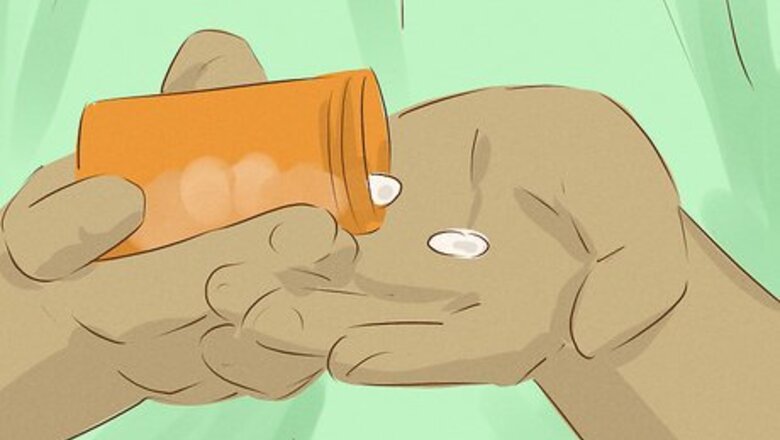
views
Taking Alprazolam in Tablet Form
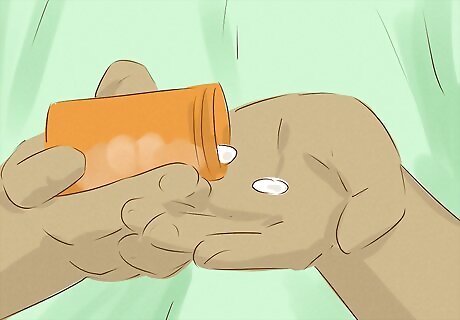
Remove the tablet from the bottle or package without breaking it. If the pills come in a package, peel the foil off of the blister, or the container that houses a tablet. Take care not to break or crush the tablet when you remove it from the blister. If they come in a bottle, remove the lid and take out a pill without breaking or crushing it. Remember to always take a quick look at the packaging when you remove the tablet. Read the label to make sure you have the right medication, and check to ensure it's not past the expiration date.
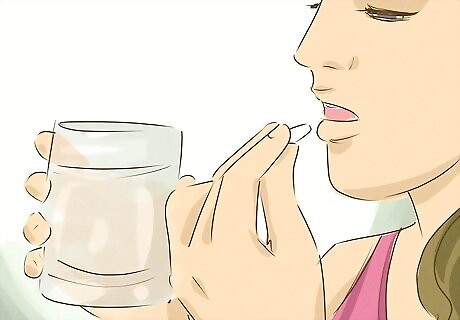
Swallow the tablet whole with a glass of water. Place the tablet in your mouth, take a sip of water, and swallow it whole instead of chewing or crushing it. It’s best to drink a full glass of water, or about 8 fluid ounces (240 mL), with an alprazolam tablet. While you could take the tablet with juice (except for grapefruit juice), water is best. Don’t take alprazolam with a caffeinated or alcoholic beverage.
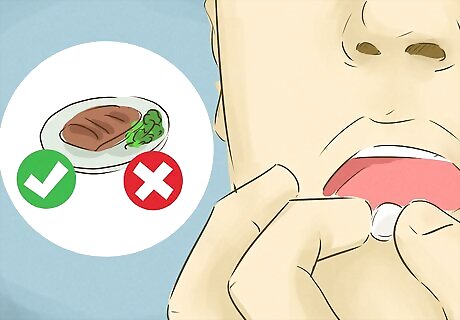
Take alprazolam in tablet form with or without food. If you find you get nauseous after taking alprazolam on an empty stomach, try taking it with food. Depending on how upset your stomach gets, take it with a snack or full meal. Food doesn’t affect the overall absorption of alprazolam, but it can slow the rate that your body absorbs it. These effects aren't significant. It will just take a little longer for alprazolam to reach its peak levels in your bloodstream. If you don't like the taste of taking the alprazolam tablet with just water, you can even put it in food. Put your tablet in a small amount of applesauce or yogurt to help it go down easier.
Taking a Disintegrating Tablet
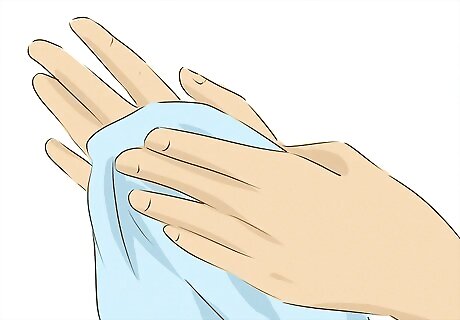
Dry your hands thoroughly before handling the tablet. Disintegrating tablets dissolve quickly and easily. To prevent a tablet from dissolving prematurely, handle it only with dry hands.
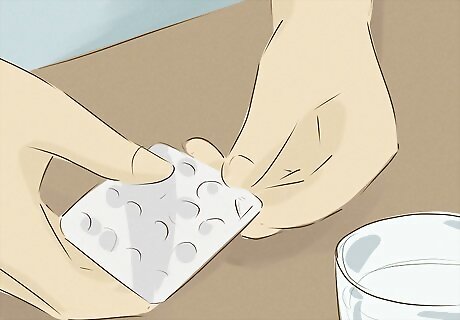
Remove the tablet from its container just before taking it. Disintegrating tablets are prone to breaking, so remove them from the container carefully. Peel back the foil covering instead of trying to pop a disintegrating tablet through its blister. Do not store disintegrating tablets in a pillbox. Keep them in their original packaging. Only remove a tablet when you’re ready to take it.
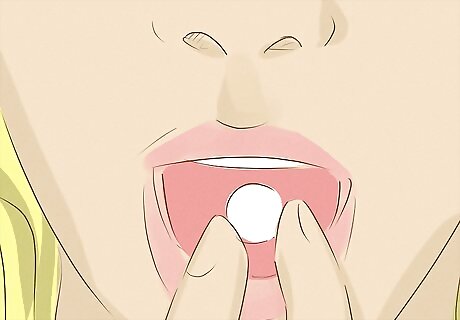
Place the tablet on your tongue and let it dissolve. Place the tablet in your mouth immediately after removing it from the blister. It will dissolve within a few seconds. Once it’s dissolved, swallow the dissolved pill with your saliva. Drinking water isn’t necessary, but taking a sip can help you swallow the dissolved contents, especially if your mouth is dry. Remember that not all alprazolam tablets are dissolving. Double-check to make sure you have the disintegrating types of tablets before you let one rest on your tongue.
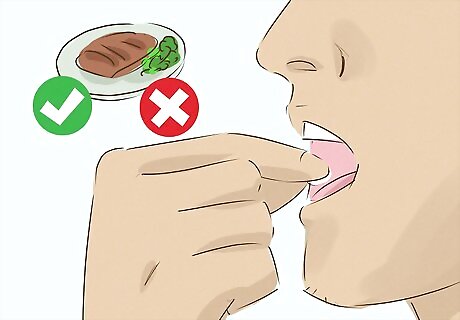
Take a disintegrating tablet with or without food. If taking alprazolam on an empty stomach causes nausea, try taking it with food. Food doesn’t affect alprazolam’s overall absorption, but it might take a little longer for it to reach peak levels. Any changes in the absorption rate related to food aren’t significant or noticeable.
Using a Concentrated Liquid Dropper
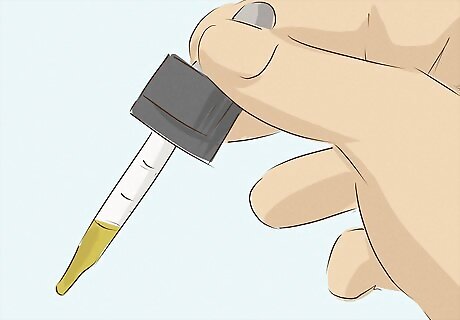
Draw the correct amount of liquid with your prescription dropper. Use only the dropper or pipette that came with your prescription bottle. Squeeze the dropper’s bulb to draw the prescribed amount of the solution into the tube. Measure carefully and draw only the amount you’re prescribed. Droppers for liquid alprazolam are typically graduated in increments of 0.25, 0.5, 0.75, and 1.0 mL. If necessary, have your doctor or pharmacist show you how to use the liquid dropper.
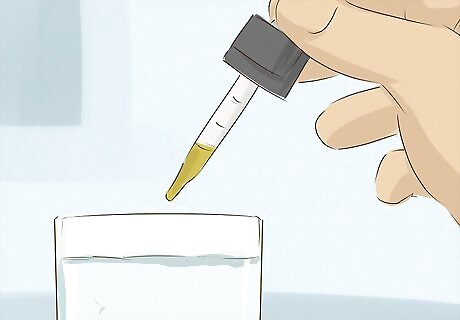
Squeeze the solution into a beverage or semisolid food. Squeeze the dropper’s bulb to release its contents into a glass of water or juice, or a small portion of applesauce, pudding, or other semisolid food. Don’t use a beverage or food that contains caffeine or alcohol.
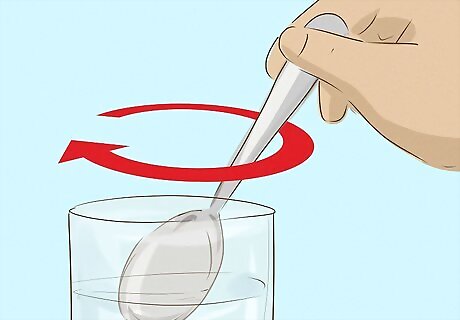
Stir the beverage or food gently for a few seconds. Mix the solution into the food or beverage to blend it completely. It’ll be ready to consume in 3 to 4 seconds.

Drink or eat the mixture immediately. You don’t need to drink a glass of water in 1 gulp or eat a container of pudding in 1 bite. Just eat or drink the mixture promptly. Don’t store it for later use.
Following Safety Guidelines
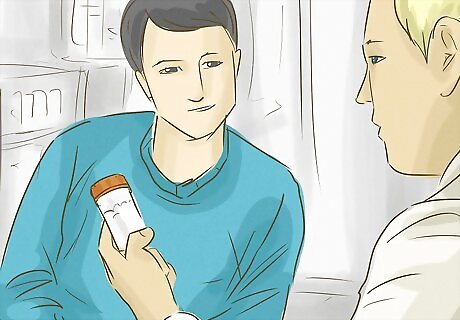
Tell your doctor about any medications you take regularly. While you should report any medication, vitamin, or supplement you use, it’s especially important to tell your doctor if you take any opiate medications. Alprazolam can also cause harmful interactions with some antidepressants, antifungals, antihistamines, seizure medications, and oral contraceptives. Negative drug interactions can cause harmful side effects or interfere with medications’ effectiveness. If necessary, your doctor might monitor you for side effects, adjust your dosage, or prescribe an alternative medication. Opiate pain relievers include codeine, morphine, hydrocodone, and oxycodone. Some cough medicines contain codeine or other opiate types, so discuss these, if necessary, with your doctor.
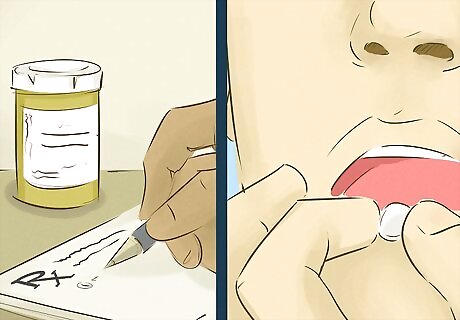
Take only the dosage amount recommended by your prescriber. A standard beginning dose is 0.25 mg 3 times per day or as needed. Follow your healthcare provider’s instructions carefully, and take alprazolam only as directed. If you don’t believe it’s effective, consult your prescriber instead of taking a higher dose without their approval.
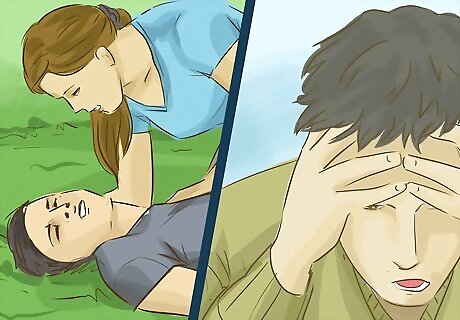
Seek emergency care if you suspect an overdose. The maximum daily dose is 10 mg, but dosage amounts over 4 mg are rarely recommended. Call emergency services if you experience symptoms of an overdose, which include: Difficulty breathing Loss of consciousness Coordination problems Confusion
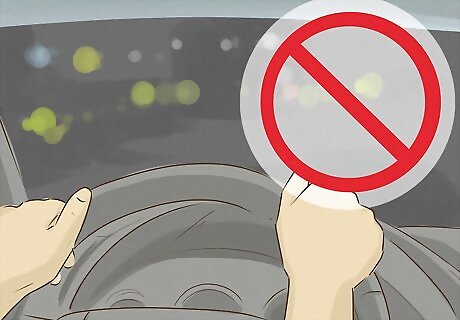
Don’t drive or operate machinery until you know how alprazolam affects you. Alprazolam can cause drowsiness, which can affect your ability to drive or operate machinery. If necessary, avoid these tasks while using alprazolam. Talk to your prescriber if you’re not sure whether alprazolam affects your ability to drive or operate machinery safely.

Report adverse side effects to your prescriber. Common side effects include drowsiness, headache, dizziness, changes in appetite, nausea, constipation, and difficulty concentrating. Consult your doctor if these persist or interfere with your daily activities. Your prescriber may be able to titer the dosage over a longer time period, starting with the heaviest dosage right before bed.
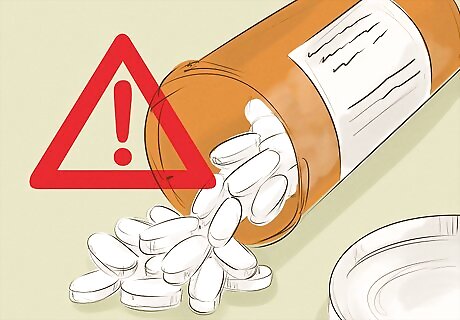
Stop taking alprazolam if you experience serious side effects. Serious side effects include seizures, rash, difficulty breathing, hallucinations, yellowing of the skin or eyes, depression, suicidal thoughts, problems with coordination or balance, and problems with speech. Stop taking alprazolam and call your prescriber immediately if you experience any of these symptoms.
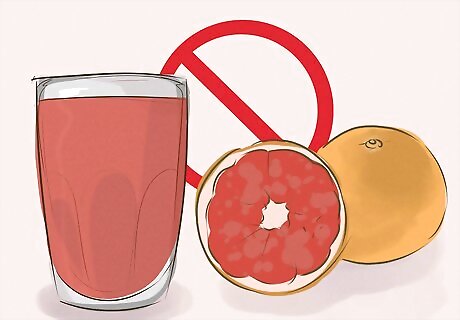
Avoid grapefruit and grapefruit juice while using alprazolam. Grapefruit and grapefruit juice can interfere with how your body absorbs alprazolam. This can cause harmful side effects or reduce alprazolam’s effectiveness.
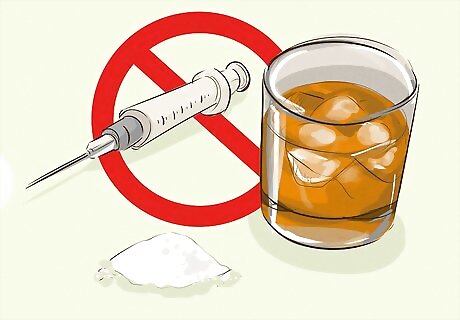
Don’t drink any alcohol or use recreational drugs while taking alprazolam. Any alcohol and/or recreational drugs cause adverse, life-threatening side effects when combined with alprazolam. They can also increase the risk of dependency associated with alprazolam.
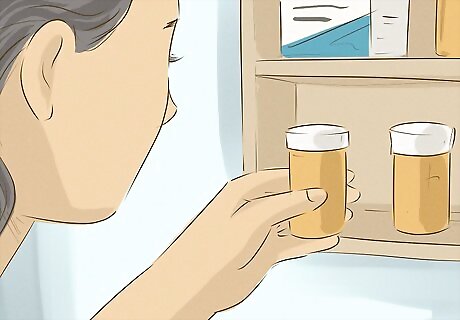
Store alprazolam away from heat, direct light, and moisture. Store your medicine in a sealed container or its original packaging at room temperature. Make sure it’s out of reach of any children in your household. If you’re using disintegrating tablets, be sure that they don’t come into contact with moisture.
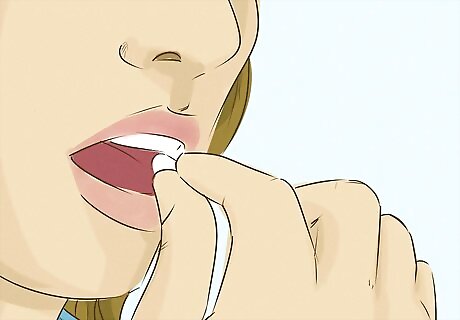
Don’t stop taking alprazolam without consulting your prescriber. Stopping alprazolam suddenly can cause symptoms of withdrawal. Unless it poses a health risk, your doctor will need to prescribe gradually smaller doses. Symptoms of withdrawal include seizures, headache, sweating, sensitivity to light, difficulty falling asleep, nervousness, irritability, aggressive behavior, vomiting, and depression.




















Comments
0 comment